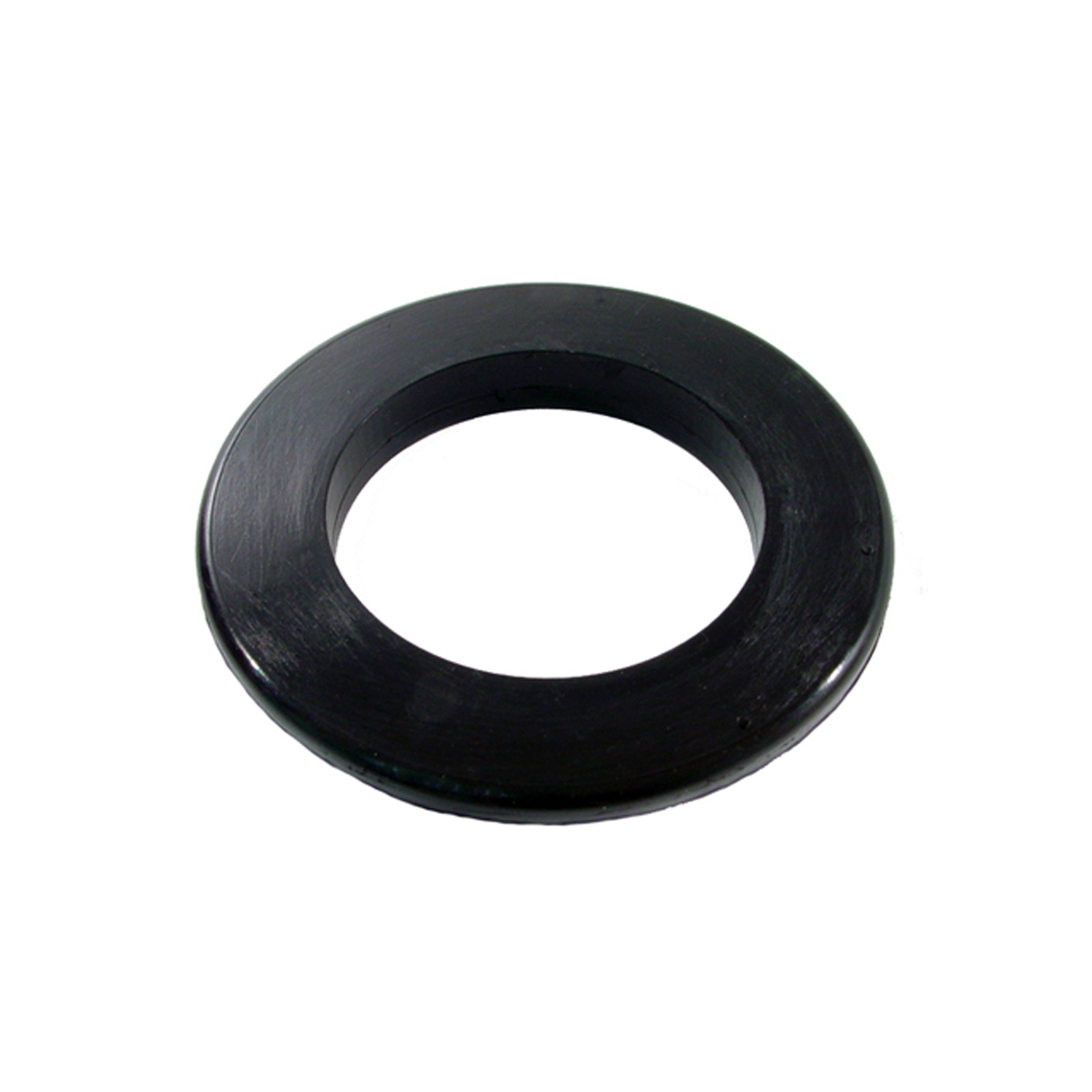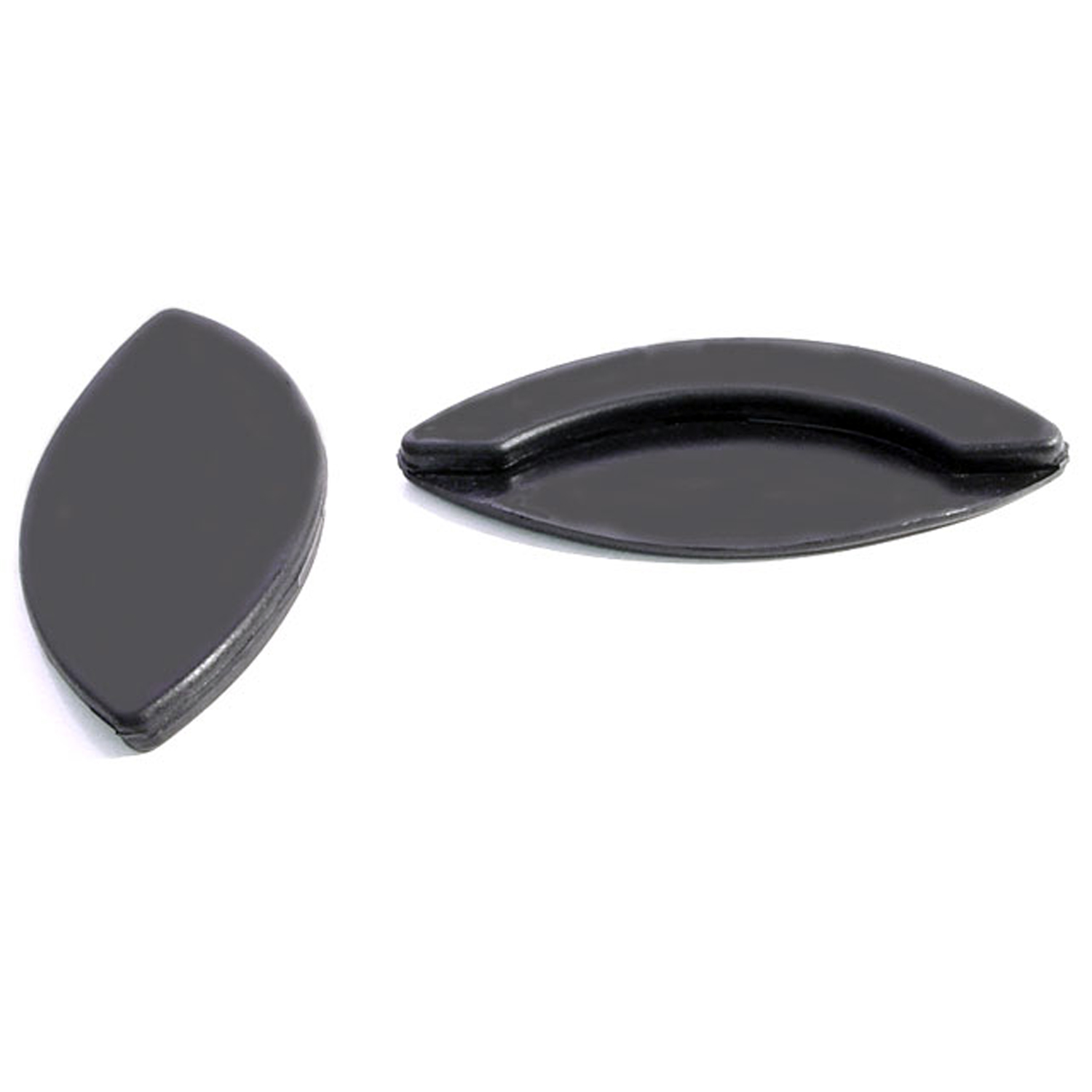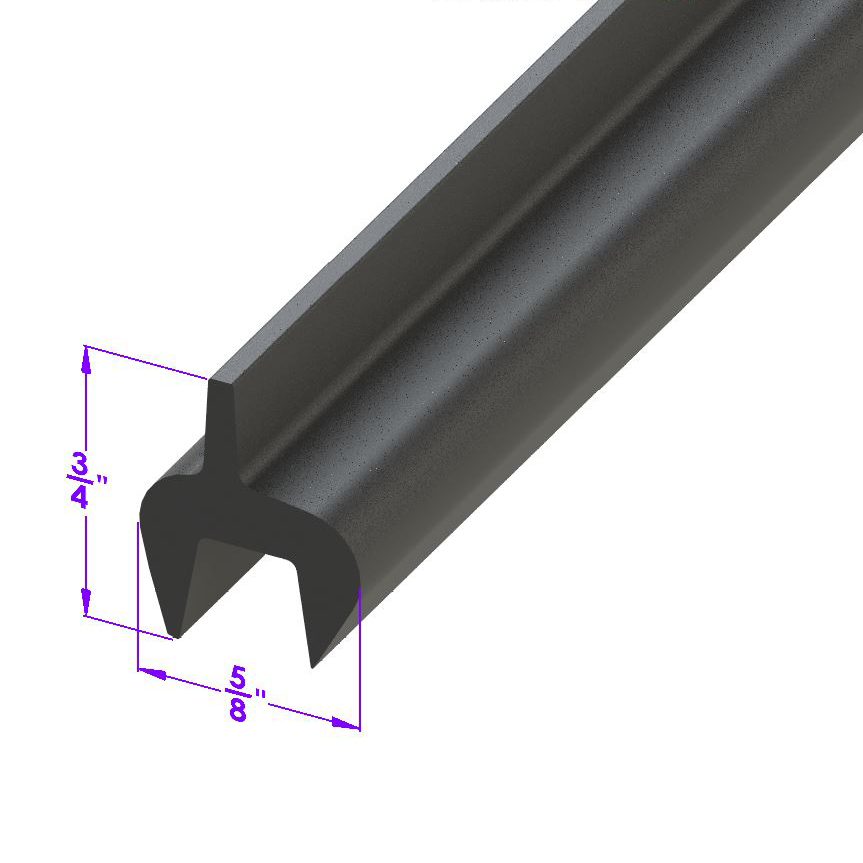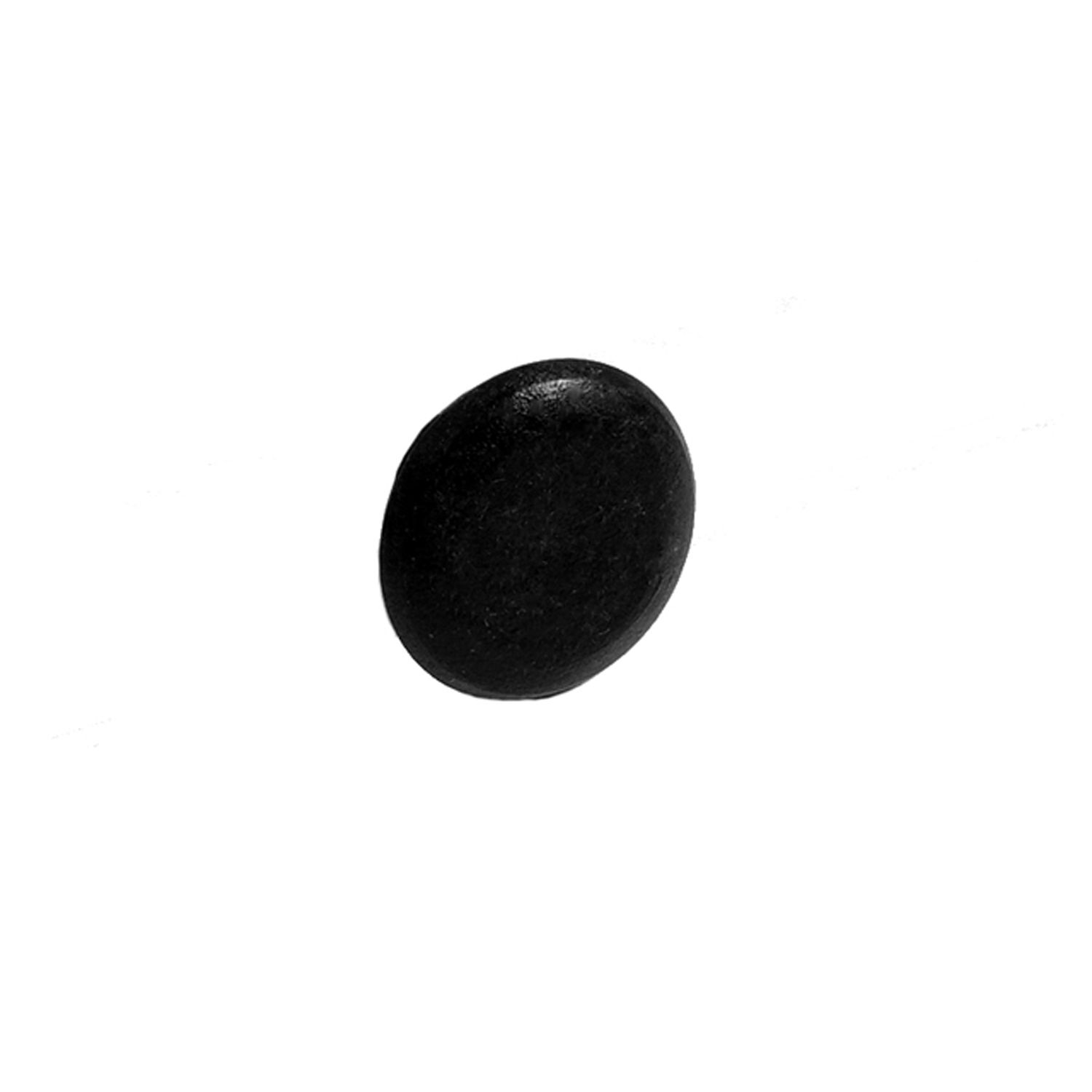Image of 1926 Packard Single Six, sourced from en.wikipedia.org , Image Link.
Performance Metrics
Fundamental Metrics
Emotional Appeal
MMP Rating
| Engine Specifications | |
|---|---|
| Engine: | L-head inline 6 |
| Displacement: | 4.4 L (269 cu in) |
| Horsepower: | Estimated 60-70 HP |
| Torque: | Not available |
| Compression Ratio: | Not available |
| Ignition System: | Battery and coil |
| Cooling System: | Water-cooled |
| Performance Specifications | |
| 0-60 Time: | Not available |
| 1/4 Mile Time: | Not available |
| Top Speed: | 50-60 mph |
| Transmission and Drive | |
| Drive Type: | Rear-wheel drive |
| Transmission Type: | 3-speed manual |
| Fuel and Efficiency | |
| Fuel System Type: | Carburetor |
| MPG: | Not available |
| Dimensions and Brakes | |
| Brakes: | Mechanical drum brakes |
| Wheelbase: | 130 inches |
| Weight: | Estimated 3,400-3,600 lbs |
Note: Specifications for classic cars are given to the best of our ability, considering the limited and variant data available.
A Journey Through Time: The 1926 Packard Single Six
The year is 1926, and the automotive world is witnessing the rise of a classic—the Packard Single Six. Crafted by the esteemed Packard Motor Car Company, this vehicle stands as a testament to the opulence and technological advancement of its era. Born in Detroit, Michigan, a city synonymous with automotive innovation, the Single Six emerged as a luxurious yet more accessible alternative to its eight-cylinder siblings. With a unique fact to pique your interest: the Single Six was one of the first vehicles to offer an adjustable driver's seat—an amenity that would become standard in the cars we drive today.
Design and Innovation: A Closer Look at Elegance
The exterior of the 1926 Packard Single Six exudes elegance with its long, sweeping fenders and classic upright radiator grille—a signature Packard trait. The vehicle's lines are a harmonious blend of form and function, creating a silhouette that is both stately and aerodynamic. Inside, passengers are enveloped in luxury with high-quality materials such as fine leather upholstery and polished wood accents. For its time, the Single Six was at the forefront of automotive innovation, featuring advancements like four-wheel brakes—a rarity among cars in the mid-1920s.
Color options for the Single Six were reflective of its upscale market positioning, with deep blues and rich maroons being popular choices among discerning buyers. The car was available in various body styles, including sedans, coupes, and roadsters. However, it was perhaps the phaeton body style—with its open-air design and seating for five—that epitomized the car's blend of luxury and leisure.
Historical Significance: Setting Standards in Automotive Excellence
The 1926 Packard Single Six not only set benchmarks for luxury but also played an influential role in making premium features more accessible to a broader audience. Its six-cylinder engine provided a smoother ride than many contemporaries while maintaining respectable performance. This balance of refinement and affordability helped pave the way for future generations of luxury automobiles.
Performance and Handling: A Symphony on Wheels
Underneath its elegant hood lay a 241 cubic-inch straight-six engine capable of propelling the Single Six to top speeds that were impressive for its time. While exact acceleration figures are lost to history, drivers of this classic could expect a smooth surge forward rather than a brisk launch. On various driving conditions, from cobblestone streets to country roads, the Single Six handled with grace—its suspension absorbing imperfections while maintaining composure. Behind the wheel, one would hear the melodious hum of precision engineering—a sound that became synonymous with Packard's reputation for quality.
Ownership Experience: More Than Just a Means of Transport
Owners of the 1926 Packard Single Six often used their vehicles for more than just daily commuting; they were symbols of status and were frequently seen at society events or Sunday drives. Maintenance required a dedicated owner due to the complexity inherent in vehicles from this period; however, reliability was one of Packard's hallmarks. The ease of repair varied depending on access to specialized mechanics familiar with high-end automobiles of the era.
Fun Facts: The Legacy Lives On
The Packard Single Six has graced many notable moments in history and has been associated with various celebrities over time. Although not known for breaking speed records, it held its own in terms of sales success and endurance on long-distance tours. Criticisms were few but often centered around its costlier upkeep compared to more common vehicles.
Collector's Information: A Treasured Classic
Today, a well-preserved 1926 Packard Single Six can fetch significant sums within collector circles. While production numbers were not as limited as some bespoke models from other manufacturers, finding one in excellent condition is becoming increasingly rare. Estimates suggest that several thousand units were produced; however, many have not survived through the decades. As for value trends, vehicles like these tend to appreciate over time due to their historical significance and rarity—prices can range significantly based on condition but often exceed six figures.
Conclusion: An Enduring Emblem of Automotive Heritage
The 1926 Packard Single Six stands as an enduring emblem of an era when automobiles transitioned from mere transportation to symbols of personal expression and technological prowess. It remains an object of desire for collectors who appreciate its blend of elegance, innovation, and historical significance—a true classic that continues to captivate enthusiasts nearly a century after it first graced the roads.
1926 Packard Single Six Catalog of Parts
 1926 Packard Single Six Gas Filler Grommet. 2-1/2" I.D., 4-1/8" O.D. Each-GF 12Gas Filler Grommet. 2-1/2" I.D., 4-1/8" O.D. Each
1926 Packard Single Six Gas Filler Grommet. 2-1/2" I.D., 4-1/8" O.D. Each-GF 12Gas Filler Grommet. 2-1/2" I.D., 4-1/8" O.D. Each 1926 Packard Single Six Hood Corners. 1-3/4" to 2" corner radius-HC 14Hood Corners. 1-3/4" to 2" corner radius. Pad is 3-3/8" long. Pair
1926 Packard Single Six Hood Corners. 1-3/4" to 2" corner radius-HC 14Hood Corners. 1-3/4" to 2" corner radius. Pad is 3-3/8" long. Pair 1926 Packard Single Six Swing-Out Lower Windshield Seal. Sold by the foot-LP 108Swing-Out Lower Windshield Seal. Sold by the foot
1926 Packard Single Six Swing-Out Lower Windshield Seal. Sold by the foot-LP 108Swing-Out Lower Windshield Seal. Sold by the foot 1926 Packard Single Six Trunk Bumper. 3/4" O.D., 5/8" I.D. Each-SB 74Trunk Bumper. 3/4" O.D., 5/8" I.D. Each
1926 Packard Single Six Trunk Bumper. 3/4" O.D., 5/8" I.D. Each-SB 74Trunk Bumper. 3/4" O.D., 5/8" I.D. EachWhy Choose Metro?
For over 100 years, Metro Moulded Parts has been the pinnacle of quality in classic car restoration parts. Our commitment to precision and authenticity in every component ensures a perfect fit and an OEM-level appearance.
- Expert Craftsmanship & Quality: Each part is a testament to our dedication to reliability and perfection, crafted from original designs and thoroughly tested.
- Advanced Technology: We use cutting-edge techniques to create flawless, long-lasting parts that surpass others in performance.
- SuperSoft Sponge – The Ultimate Door Seal: Not only are our door seals 30% softer than competitors', but they're also guaranteed to never leak. They effectively reduce wind and road noise, enhancing your classic car's comfort and driving experience.
- Proudly American: Our parts are a product of American craftsmanship, made in the USA with a spirit of excellence and heritage.
- Unrivaled Warranty: We back our products with a 30-year industry-leading warranty, a testament to our confidence in their quality.
Join us in preserving the legacy of classic cars with parts that are crafted for perfection, not just made.

